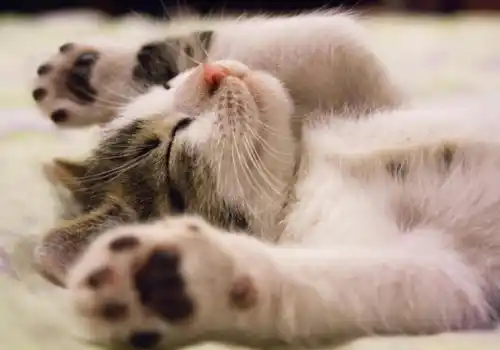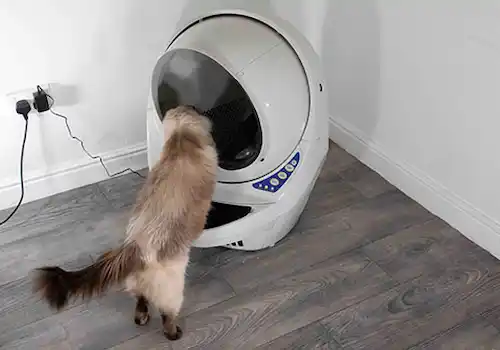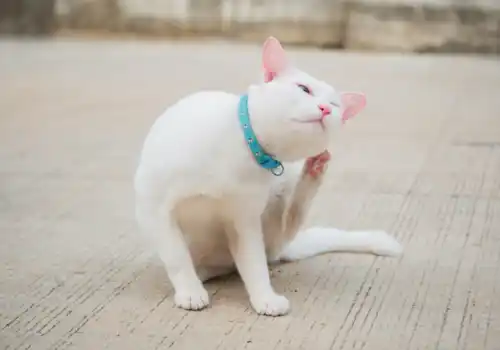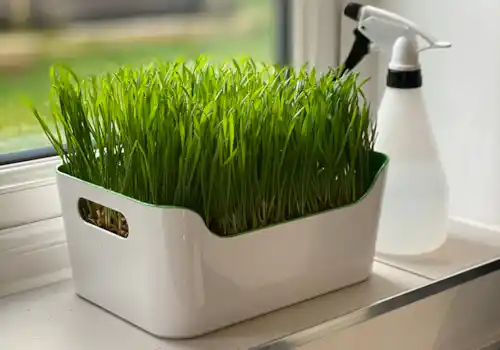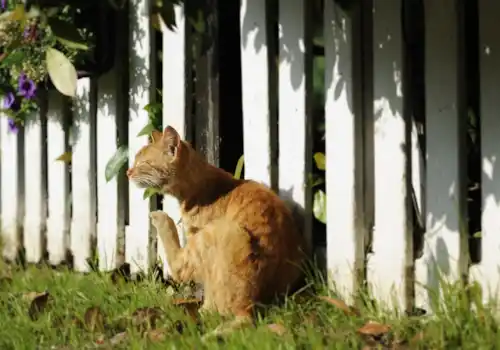If you’ve ever walked through the door and been met by your cat weaving around your legs, rubbing against your hand, or pressing their cheek into you, you’ve experienced a fascinating behaviour called allo-marking.
The term “allo” means “with others,” so allo-marking simply describes scent-marking between members of the same social group, whether that’s between cats or between a cat and their trusted caregiver. It’s a subtle yet powerful way cats communicate safety, familiarity, and belonging.
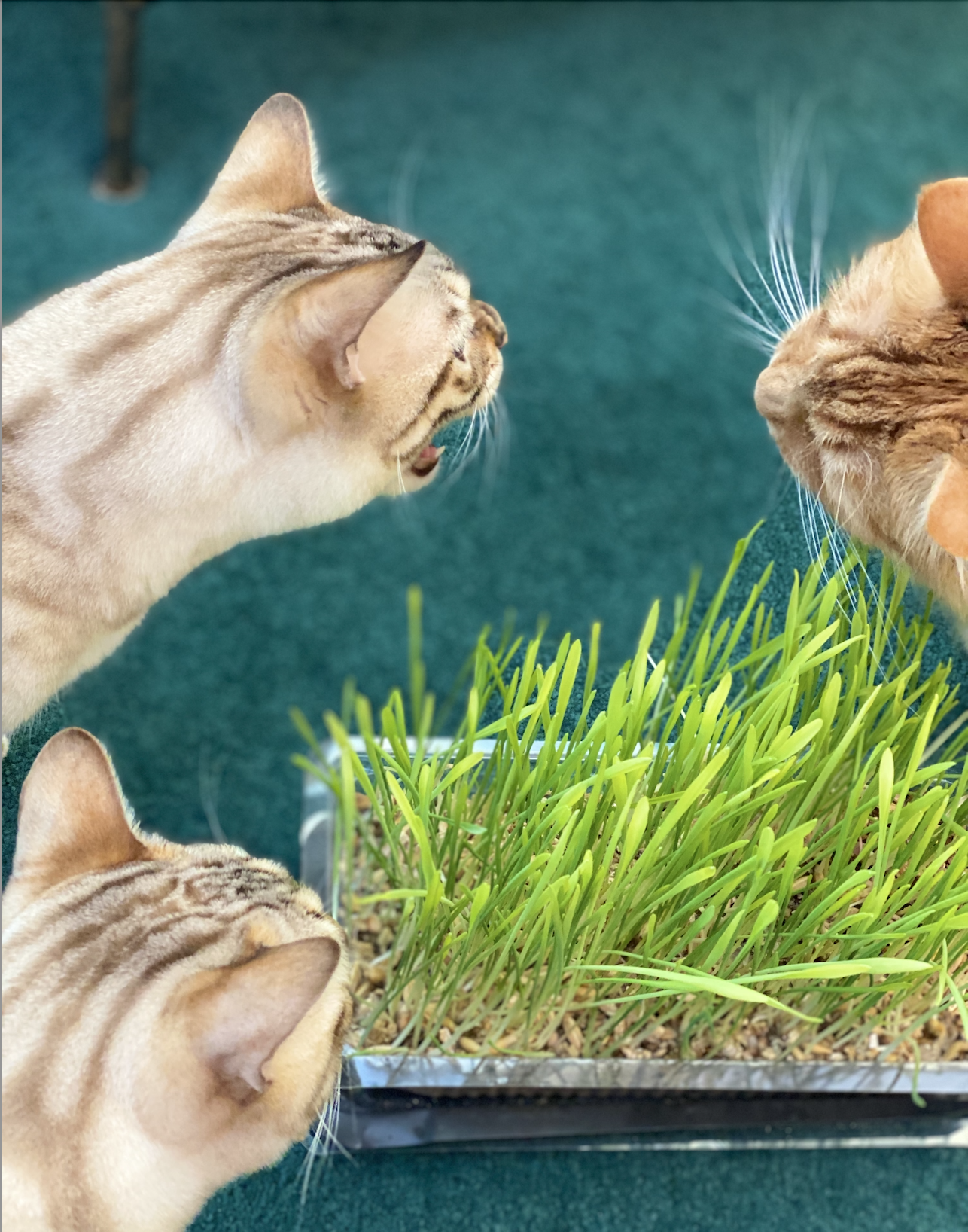
The science behind the rub!
Cats have pheromone scent glands located around their body in their cheeks, chin, forehead, flanks, base of the tail and even between their toes. These glands secrete pheromones, which are chemical signals unique to them, and these are used to send information to other cats (and sometimes other species, including us). When your cat rubs on you, they’re leaving a personal scent signature that mingles with yours.
This “shared scent profile” is essential in feline social relationships. In the wild, cats that smell alike are recognised as part of the same social group, which reduces the likelihood of conflict. By depositing their scent on you, your cat is reinforcing your membership in their family group. This is a process known as social bonding through scent. (We can use this to our benefit when introducing new cats into the home, but more about that another time)
More than affection
While it’s tempting to think of allo-marking as simply a sign of affection, its roots are much deeper. In feline communication, scent is far more reliable than sight or sound. When a cat returns from an outing, or when you come home from work smelling of the outside world, rubbing re-establishes the bond and reassures them that everything is still ‘safe’ in their social network.
In multi-cat households, allo-marking between cats is often seen alongside grooming each other’s heads and necks. This is all part of reinforcing group scent and harmony. Cats that lack this shared scent identity are more likely to display tension or avoid one another.
When to take note
Allo-marking is a healthy and natural behaviour. However, changes in frequency can tell you something important. If a cat that usually greets you with a rub suddenly stops, it may indicate stress, illness, or discomfort. Likewise, excessive rubbing in combination with other behaviours, such as increased vocalisation or agitation, can be a sign of underlying stress that needs addressing.
Welcoming the rub
If you want to encourage allo-marking, let your cat initiate the contact. Kneel or sit at their level, offer a still hand or a gentle head tilt, and allow them to choose. Remember, in cat language, scent is trust. Don’t be tempted to erase those little marks on the corners of walls either; those are part of your cat’s scent map.
So, next time your cat leans in for a cheek rub, know that you’re not just being shown affection, you’re being formally reaffirmed as part of their inner circle, in a language that has worked perfectly for cats for thousands of years.
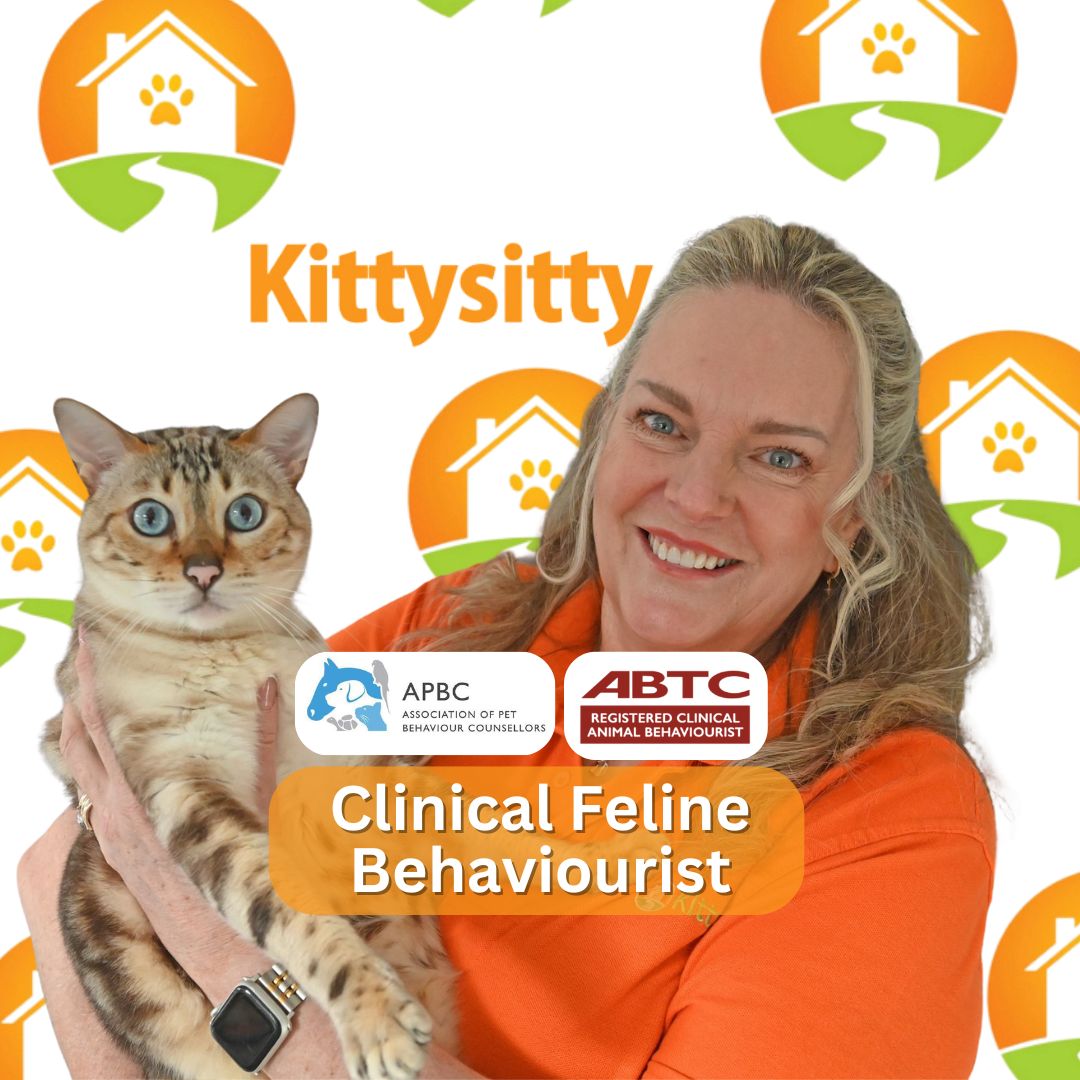
Check out Amanda's amazing content here:
Instagram: @kittysittycatbehaviourist
Facebook: Kitty Sitty Cat Behaviourist
TikTok: @kittysittycatbehaviour
Or you can check out her website here: kittysitty.net

